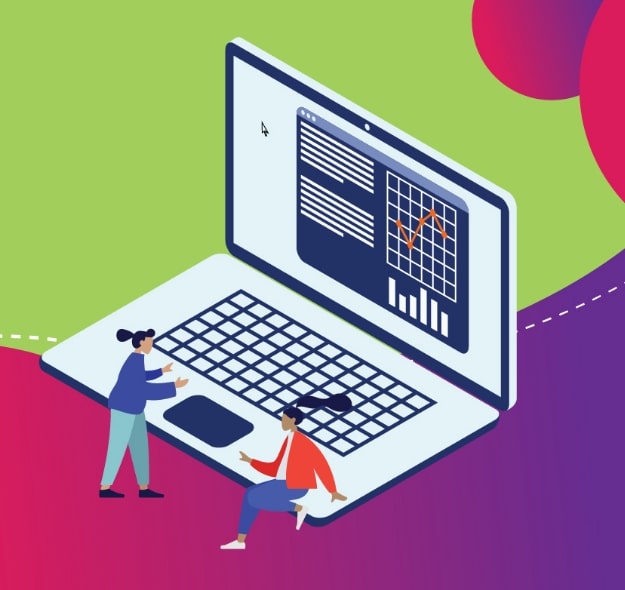“Which one should we move forward with?” As a creative director, I need to be ready to answer that question. Whether it’s an idea for an ad campaign, a headline on a homepage, or a video clip for a commercial, nine times out of 10 the answer is the one that strikes the right emotional chord. In advertising, if we’re not tapping into the emotions of our audience, there’s a huge risk of going completely unnoticed.
In his book Sorry Spock, Emotions Drive Business, Adam W. Morgan, Executive Creative Director at Adobe, uses modern studies on the brain and neuroscience to show how creative ideas work better (for the purposes of this article, creative and emotional are used interchangeably). I highly recommend it for anyone involved in making marketing decisions. The book contains enough science to prove his points, but not so many that it reads like a biology textbook. He makes the case for creative work from a business standpoint. Creative work makes more business sense.
He explains how our brains are made up of two systems: conscious and the subconscious. The conscious brain is aware of what is happening at the present moment. It is rooted in logic and handles the day-to-day thoughts that are top of mind. Of the two systems, it is much slower and can handle much less. The subconscious system operates behind the scenes, processing and storing millions of pieces of data coming in from our senses at every given moment. It is extremely vast, lighting quick and tied directly to our emotions.
When we make decisions, we usually rely on both systems. However, when we tap into our emotions (or our subconscious), we instantly access a much deeper and broader collection of information. This speed can be critical when fighting for the attention of our audience. By tapping into the subconscious, we dramatically increase the likelihood of getting noticed, remembered, and ultimately preferred from a brand perspective.
Drawing a link between creativity and effectiveness is not anything new. A 2010 study by IPA/Gunn analyzed 435 ad campaigns that ran between 1994 and 2010. It found a direct correlation between strong advertising creativity and business success. The study determined that high levels of creativity make advertising campaigns 12 times more efficient at increasing a brand’s market share and concluded that highly creative campaigns are more reliable investments.
Knowing how the human brain is wired can help guide our decisions as marketers. It’s important to infuse emotion in all phases of the customer journey, even a bit further down the funnel where we might be communicating more logical information (like price, product features, special offers). This type of information definitely has its place, but we shouldn’t lose sight of opportunities to humanize the experience.
